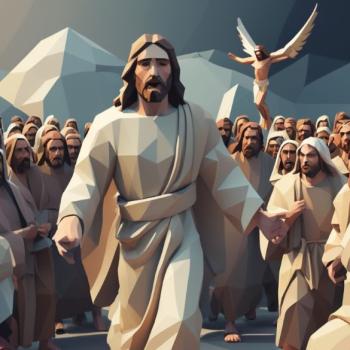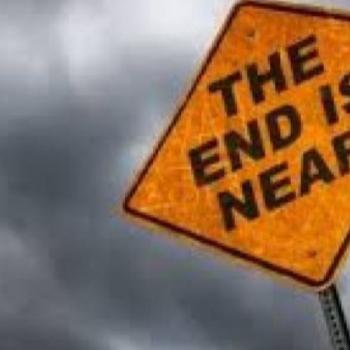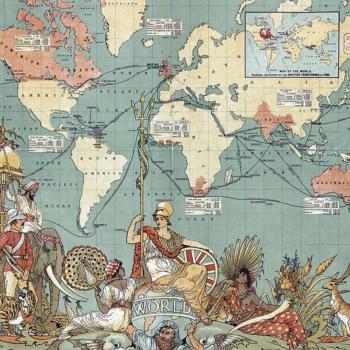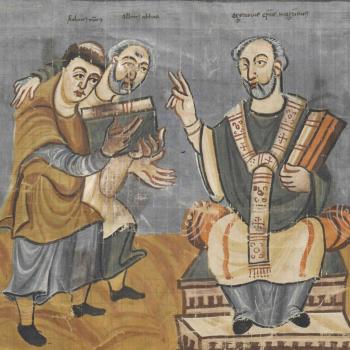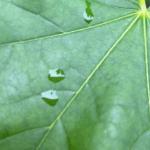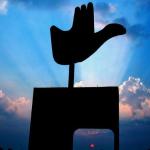I have been discussing the historical credentials of the Book of Mormon, in order to illustrate the differences between mainstream and fringe scholarship. Briefly, the history that the book supplies of the pre-Columbian Americas is wholly fictitious, and should never be treated as literal historical truth. We are free to discuss its merits as spiritual or symbolic history.
A critic might say that, well, that is your opinion, but many apologists defend the historicity of the Book and would challenge every individual criticism that I might make. Actually, though, there is a larger issue at stake, which involves how scholars work.
In an earlier post, I remarked that “Scholarship is what scholars do, and if they don’t do it, it’s not scholarship.” In modern times, no reputable mainstream scholar, no mainstream archaeologist, has ever published a word supporting pre-Columbian settlement from the Middle East of the kind described in the Book of Mormon. Look at all the high-profile learned journals devoted to New World history or archaeology, such as the Journal of Anthropological Archaeology, American Antiquity, Latin American Antiquity, Journal of Anthropological Research, Journal of New World Archaeology, or Contributions in New World Archaeology. None has ever published an article of that kind. Ditto for the many fine journals on historical linguistics. That fact is, or should be, a terminal problem for Book of Mormon apologists.
I am open to correction on this issue, but let me raise another point, which involves book reviews. Many apologists like to cite John Sorenson’s 2013 book Mormon’s Codex as the Summa of that particular field, the knockdown argument against critics. Most of the journals I mention have extensive review sections, which discuss all manner of books in the field, from the major to the quite minor and obscure. Moreover, literally hundreds of other journals discuss more specialized subfields of (eg) Meso-American history, archaeology, genetics, linguistics etc. That matters so much because the number of reviews in important outlets is a major gauge of the impact and significance of a book. So has any of those journals ever reviewed Sorenson’s book? I am just looking at the very, very wide range of academic journals comprehended in the JSTOR database, and can find no reference to Mormon’s Codex, either a review or a citation in another academic article. Am I missing anything?
I did find a rave review in Deseret News….
Unfair! you cry, claiming (tenuously) that Mormon’s Codex is too recent a publication to have been widely reviewed yet. OK, so look to bygone years to search for academic reviews of books on the core Mormon myth by Sorenson, Hugh Nibley, or any like figure. Good luck.
The main exception is Sorenson’s (1996) Annotated Bibliography of Pre-Columbian Contact with the Americas across the Oceans. This did get some real reviews, but it is a wholly “secular” work that assumes no reliance whatever on Book of Mormon ideas. It is a fair and balanced research tool rather than apologetics. Oddly, if anything, it supports Pacific and East Asian contacts with the Americas far better than it does any possible Middle Eastern linkages.
Just to clarify, I have no problem in believing the idea of early transoceanic contacts with the Americas, including from the Norse world, from Polynesia, and East Asia. In each case, there is solid evidence for such links, ranging from the unquestionable to the pretty convincing, using archaeological, genetic and linguistic material. So how do I know that such evidence is convincing, while Mormon apologias are not? Easy: I look at the ways in which scholars present their case, and the outlets in which they do so.
If you want to see how objective scholars present and treat such evidence, then look at a book like Polynesians in America: Pre-Columbian Contacts with the New World, a collection of essays edited by Terry L. Jones, Alice A. Storey, Elizabeth A. Matisoo-Smith and José Miguel Ramírez-Aliaga (Altamira Press, 2011). Thirty years ago, claims about Polynesian contacts with the Americas were viewed with scorn. Over time, though, scholars pointed to a number of really suggestive individual examples that seemed to support such connections. They documented these case-studies carefully and critically, published the results in major refereed journals, and soon, patterns emerged. Within the past decade, enough scholars were working in this area to form a critical mass, and that book represents a statement of the case. If you check out the citations supporting the Polynesian contact idea, they are from outlets such as American Antiquity, the Proceedings of the National Academy of Science, Science, Journal of Archaeological Science, and so on.
Oh, and let me add: some major journals in the field have already published respectful reviews of Polynesians in America, not to mention citations in other periodicals.
Will the Polynesian linkage turn out to be correct? I don’t know, and there is still room for doubt – but at least there is a clear case for critics to debate and answer. Such evidence contrasts utterly with the absolute and complete lack of comparable remains from the Middle East.
Anyone hoping to defend the Book of Mormon’s historicity should treat Polynesians in America as required reading. It shows the sort of remains and evidence that one might hope to find if Mormon claims had an ounce of credibility, and how such findings can be marshaled to convince a suspicious academic world. The authors also acknowledge, as they must, that the burden of proof is on them. They can’t just assert “Polynesians came to America” and wait for others to disprove that suggestion.
By the way, there are outstanding archaeologists of Mormon faith, and some do indeed publish in such stellar outlets. They do not do so, though, on the Book of Mormon schema. Even some of the major apologists have on occasion published in respectable journals and series on other, non-related matters. The controversial (and confrontational) Hugh Nibley had some solid publications in good outlets on Middle Eastern religion and culture – but not, of course, on the Mormon myth.
No academic at a mainstream scholarly conference would dare cite the Book of Mormon as an authentic source on pre-Columbian conditions. No such academic has ever presented an archaeological paper concluding “and thus we see that the finds at site X must be taken to confirm the description of the conflicts described in the Book of Alma.” In contrast, plenty of scholars working on the Middle East use Biblical texts like Acts or Kings to support historical claims, even if they do not accept those works as literally correct in every detail. They can’t fail to do so, because these are priceless historical sources on particular eras.
You’ll note that I stress the role of mainstream, reputable publications. I regularly see attempts to support the historicity of the Book of Mormon by citing out of the way articles from very dated and fringe publications, which we can easily dismiss. Self-published books also surface frequently. If those are the best sources that can be marshaled in the cause, things are dire indeed.
If anyone believes in the Book of Mormon as a historical source, I would ask: why do you think we find that total academic silence? Is it because those many academics are part of a conspiracy of silence? Are they incompetent? Are they phobic about using evidence from religious scriptures? Are they afraid of Mormon religious claims? Are they deliberately suppressing evidence that might support the Mormon scheme of things?
I do not mention any of those options as serious possibilities, but rather to show how outrageous is any attempt to explain away that scholarly silence, and how far you have to wander into conspiracy theories. If a New World archaeologist ever found anything as anomalous as that suggested in the Mormon story, such as a confirmed Semitic inscription on American soil, he or she would be partying for days to celebrate a career-making find. That has, though, never once happened.
In fact, it is really remarkably easy to distinguish between real scholarship and pseudo-scholarship.
ADDENDUM
I have talked a lot about scholarship on the regions that seem to attract the most intense Mormon speculations in recent years. If you want to see what real scholarship on these regions looks like – and why, at no point, does it have the slightest correspondence with the apologist tracts – may I recommend this excellent book: Deborah L. Nichols and Christopher A. Pool, eds., The Oxford Handbook of Mesoamerican Archaeology (New York: Oxford University Press, 2012). I have already recommended Timothy R. Pauketat, ed., The Oxford Handbook of North American Archaeology (New York: Oxford University Press, 2012).
Also, more specifically on a region of interest to Mormon theorizing, see Michael Love and Jonathan Kaplan, eds., The Southern Maya in the Late Pre-Classic : The Rise and Fall of an Early Mesoamerican Civilization (Boulder: University Press of Colorado, 2011). There are a hundred other comparable works, but these would start you off nicely.
The main point is that, in all this well-studied material, there is not the slightest space into which you can squeeze a rogue Nephite.





